As part of the transformation of an old train station into the Megalithic Museum, Tiago Filipe Santos has collaborated with CVDB architects in Mora, Portugal, to create this unique museum. As a result of the new program, the museum offers a fresh purpose as well as presents a new horizon for the future with the addition of new buildings. This historic train station serves as a good example of the aging rail infrastructure that has long served as a symbol of Portugal and contributed to its rich cultural legacy.
The Megalithic Museum is located in the heart of Mora, beside a proposed public park. The town and environs are widely known for their archaeological discoveries. The museum seeks to be a local and national reference, as well as a significant asset to the town’s cultural rebirth. Through carefully curated exhibitions and education programs, the Megalithic Museum aims to become a catalyst for the appreciation and preservation of the region’s archaeological riches. The CVDB stated that the building would serve as a reference for the city and its district, contributing to the development of national culture, given the importance of the archaeological findings from the megalithic period associated with the area from a museological and patrimonial perspective.
The museum, which opened on September 15, 2016, aims to recognize the region’s immense megalithic legacy. The project began with an existing railway station made of two buildings that were linked by the two new structures that will house the primary exhibition space. The two new structures will act as a gateway to the primary exhibition space, uniting the existing two buildings to create one cohesive station.
The museum complex combines the original railroad station, its warehouse, and two modern structures. Two preexisting buildings make up the center core (the old train station and the warehouse), the former housing the old train station, the main entrance, the library, and the administration, while the latter houses activities for kids, workshops, conferences, or temporary exhibitions. The two modern structures bridge the gap between the old and the new, providing an essential link between the past and the present.
The main exhibition space in the west and the cafeteria in the east are the new buildings. In order to link the four separate buildings that make up this site, there is a continuous outdoor atrium that runs along the north side of the site. The gallery is structured similarly to the former train station pier. The gallery resolves the flow and connection between all of the various activities and serves as the project’s conceptually unifying element.
The museum lights in the dark at night. A covered structure is made up of a repetitive pattern that is similar to the intricate geometric designs found in schist plates. This is an interpretation of the Megalithic iconography – a conceptual leitmotif – that binds the project together and allows light to enter the area throughout the day. This pattern also acts as a visual abstraction of the Megalithic culture, providing an organic yet sophisticated backdrop for the space.
Project Info
Architects: CVDB Arquitectos, P-06 Atelier, Tiago Filipe Santos
Area: 2300 m²
Year: 2016
Manufacturers: CASTAN, Carmo, Viabizzuno
Landscape Architecture: Bound Arquitectura Paisagista, Maria João Fonseca, Armando Ferreira
Engineering: Projectual
Collaborating Architects: Joana Barrelas, Rodolfo Reis, Eliza Borkowska, Elizabeta Vito, Hugo Nascimento, Ilaria Anselmi, Magdalena Czapluk
Exhibition Project Manager: Nuno Gusmão, Paulo Costa
Exhibition Project Design Development: Pedro Anjos
Exhibition Project Architecture Development: Simão Botelho
Museology Consultant: Leonor Rocha
Client: Mora Municipality
Total Construction Cost: 2.200.000,00 Euros
Procedure: International Public Competition – 1st prize
Architects In Charge: Cristina Veríssimo, Diogo Burnay, Tiago Filipe Santos
Exhibition Project: P-06 ATELIER
City: Mora
Country: Portugal
Photographs: Fernando Guerra | FG+SG
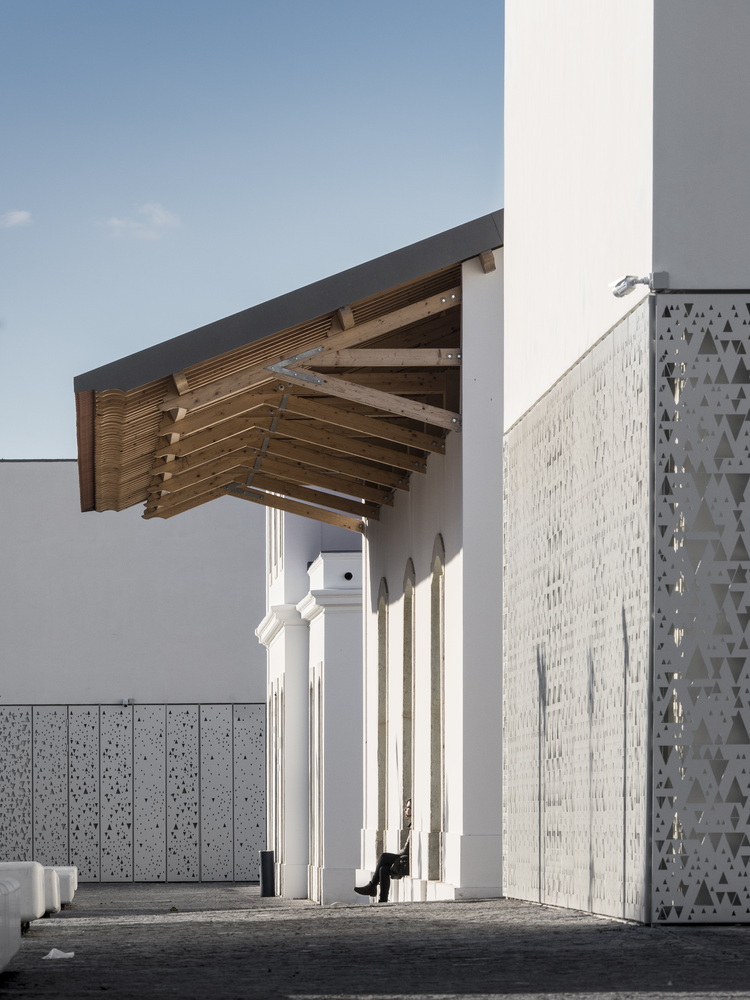
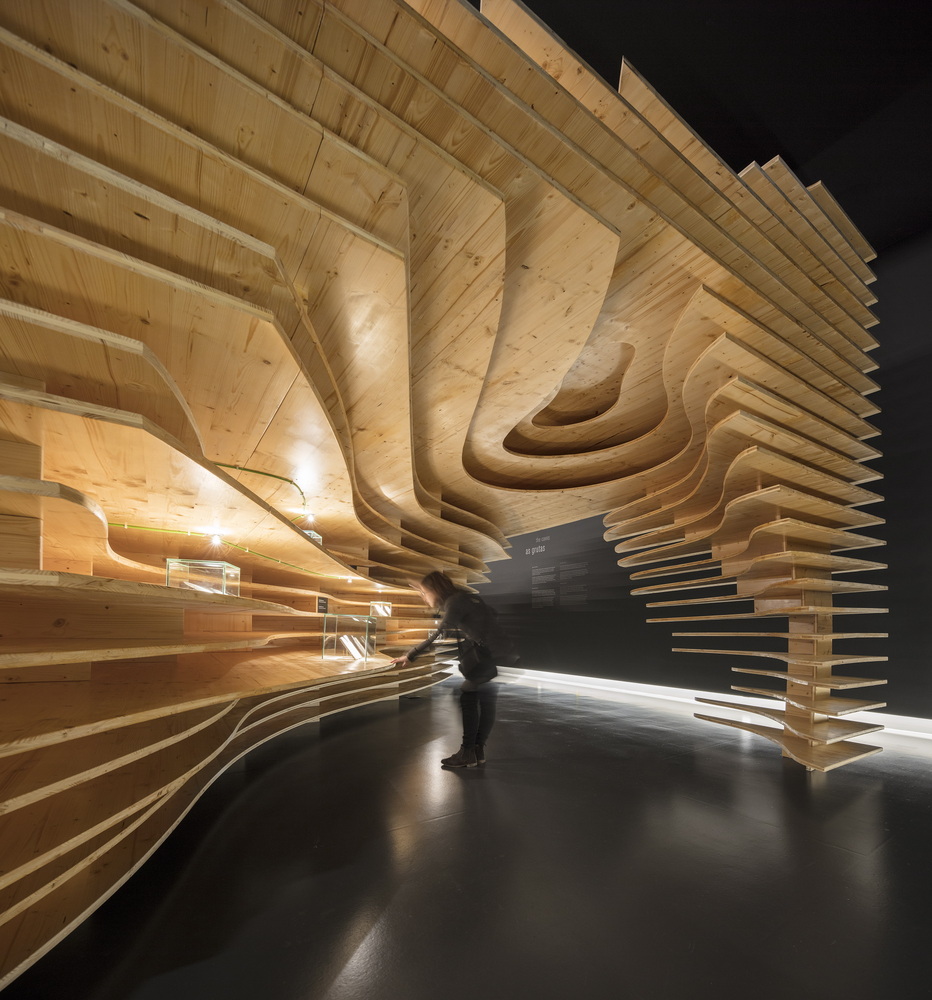
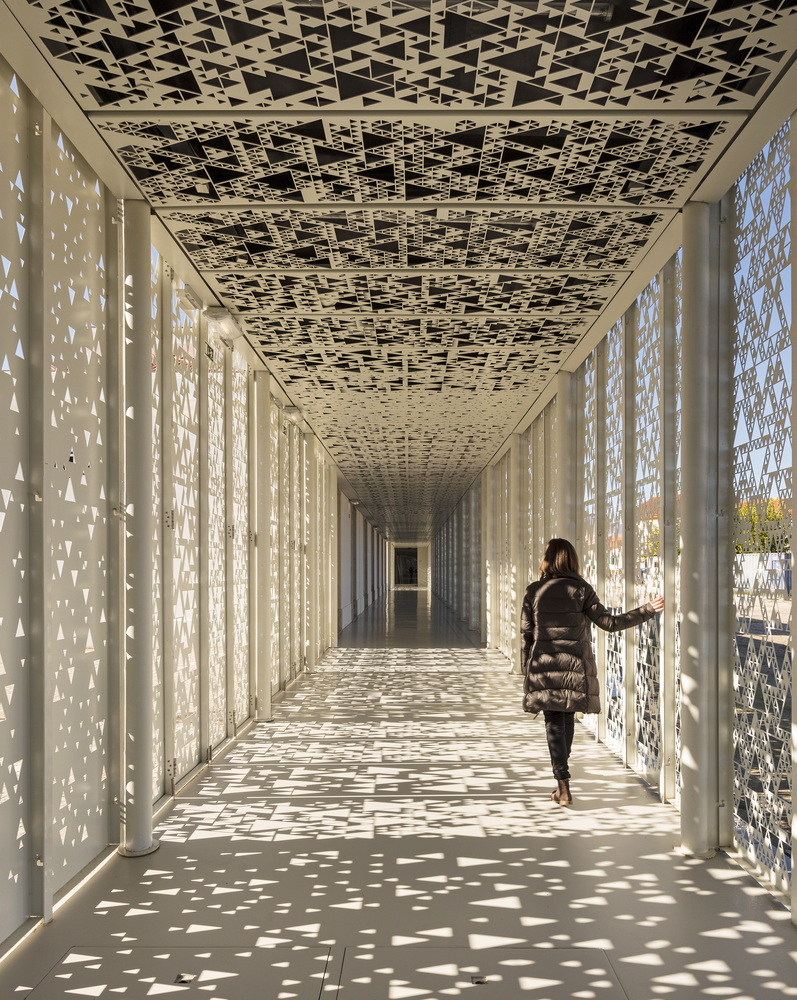
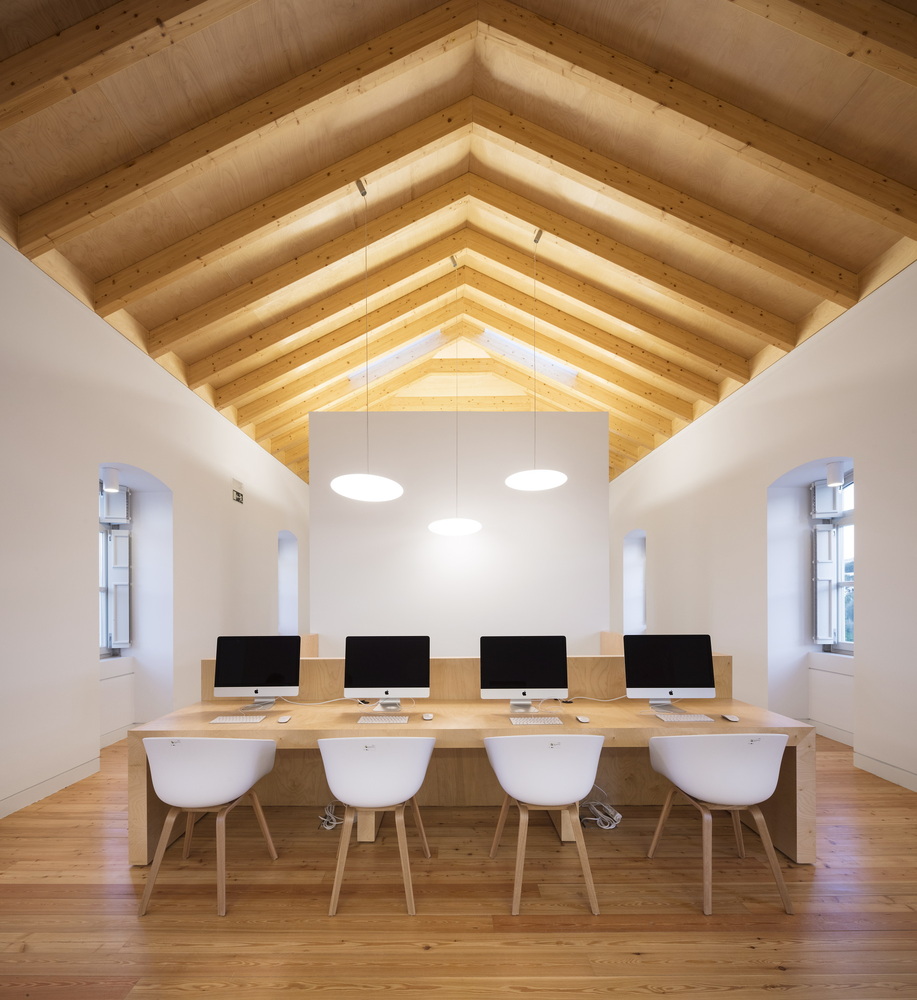
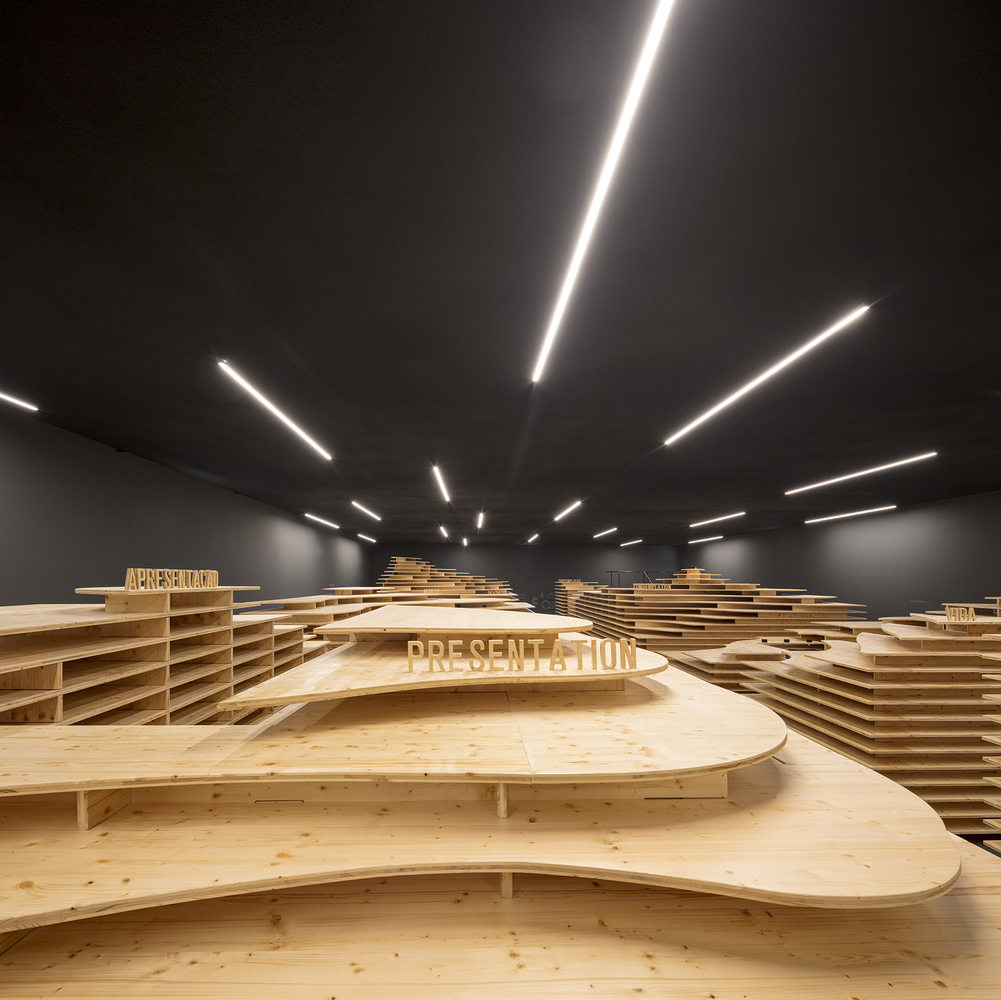
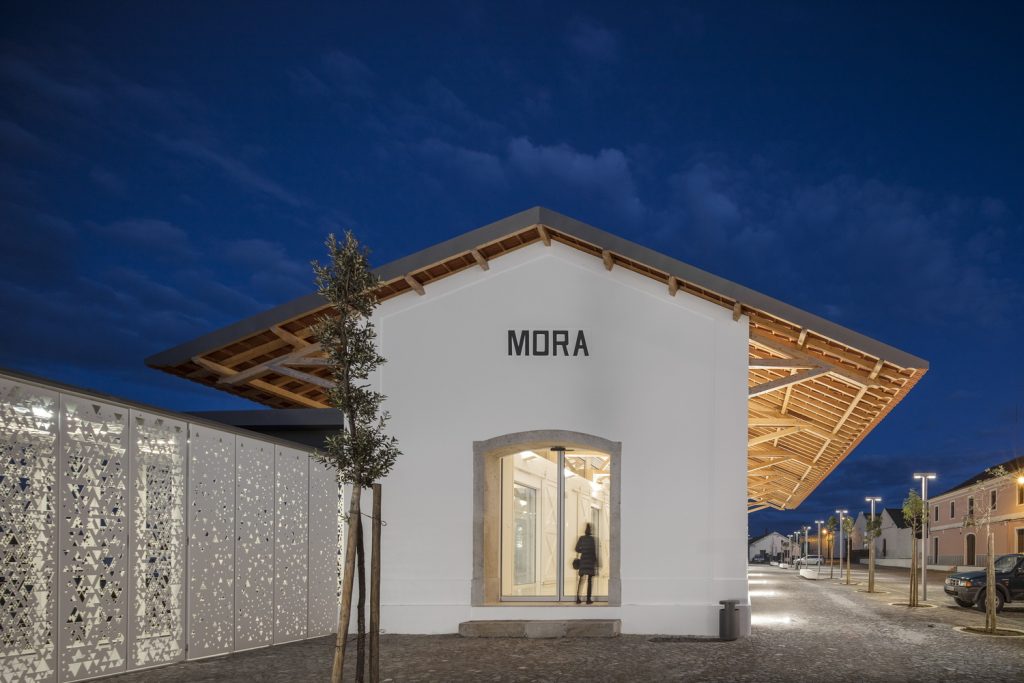
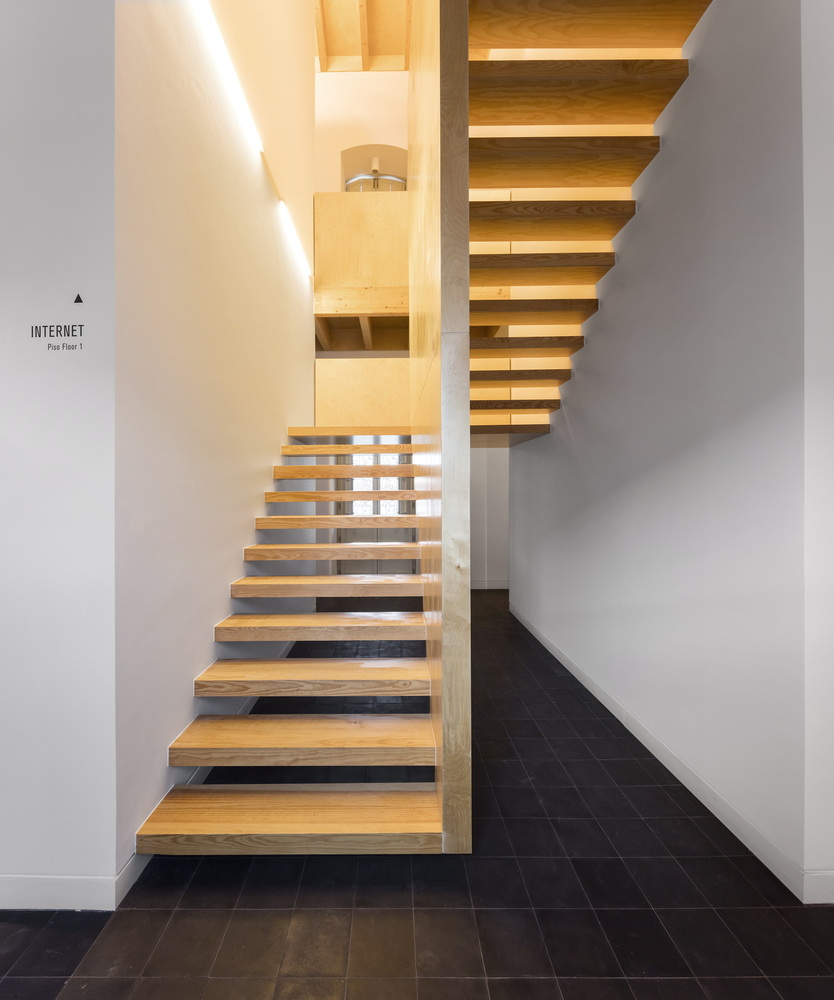
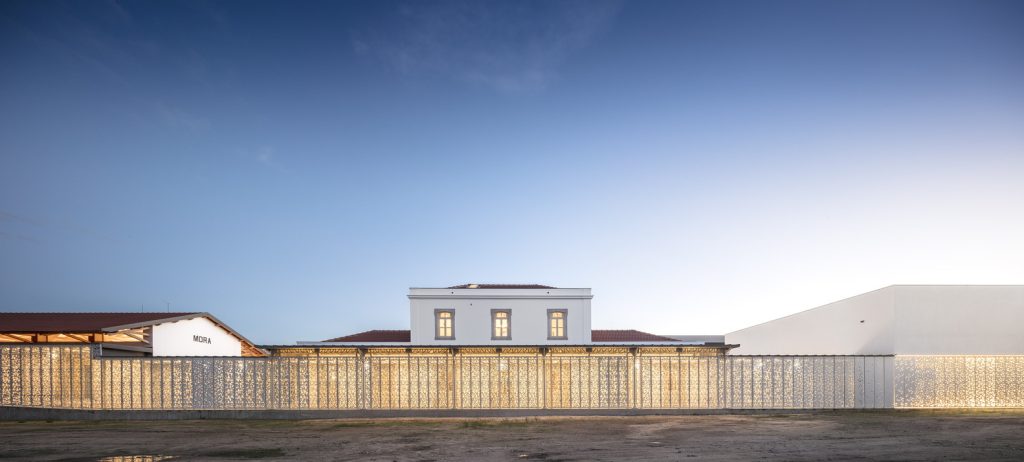
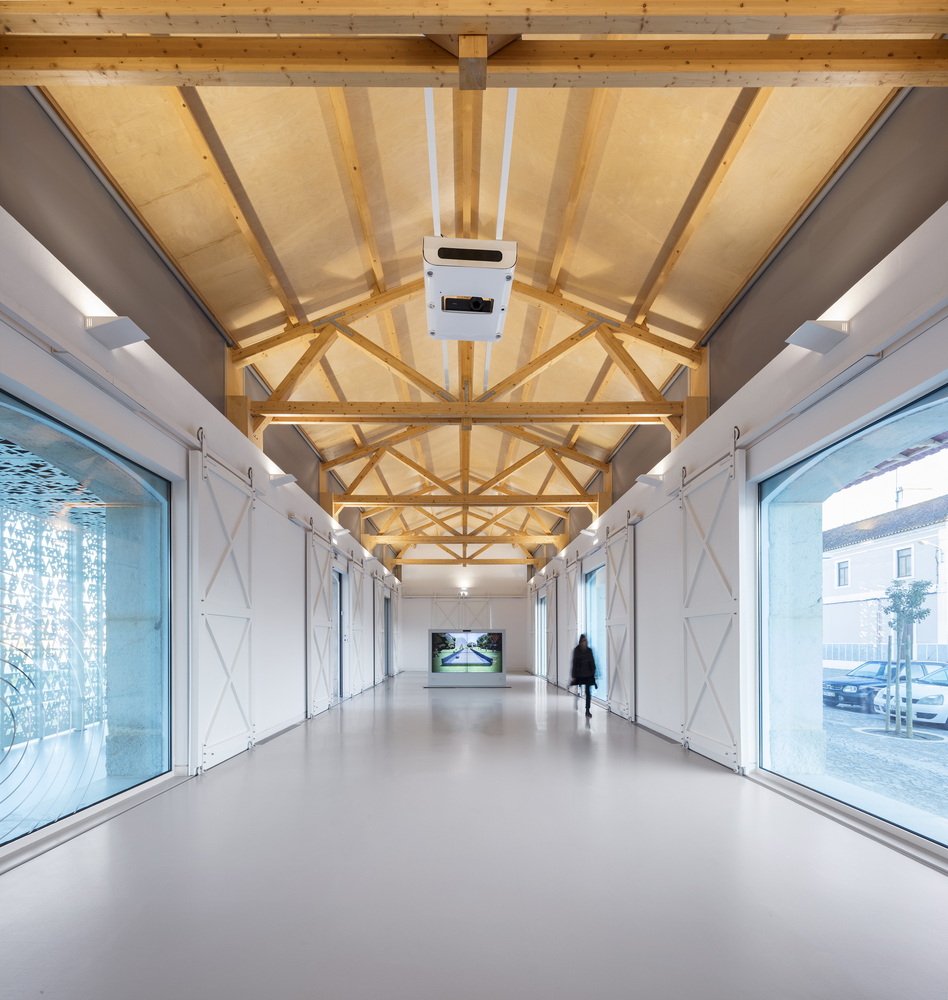
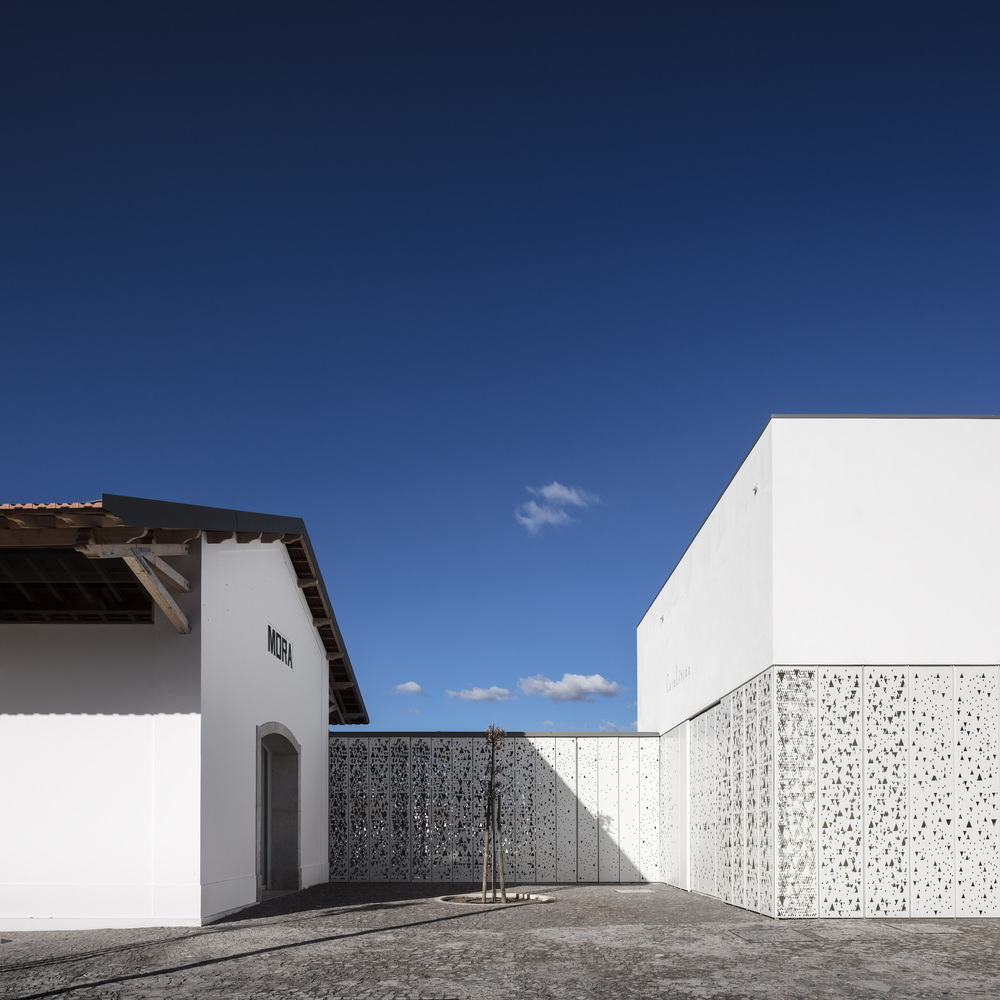
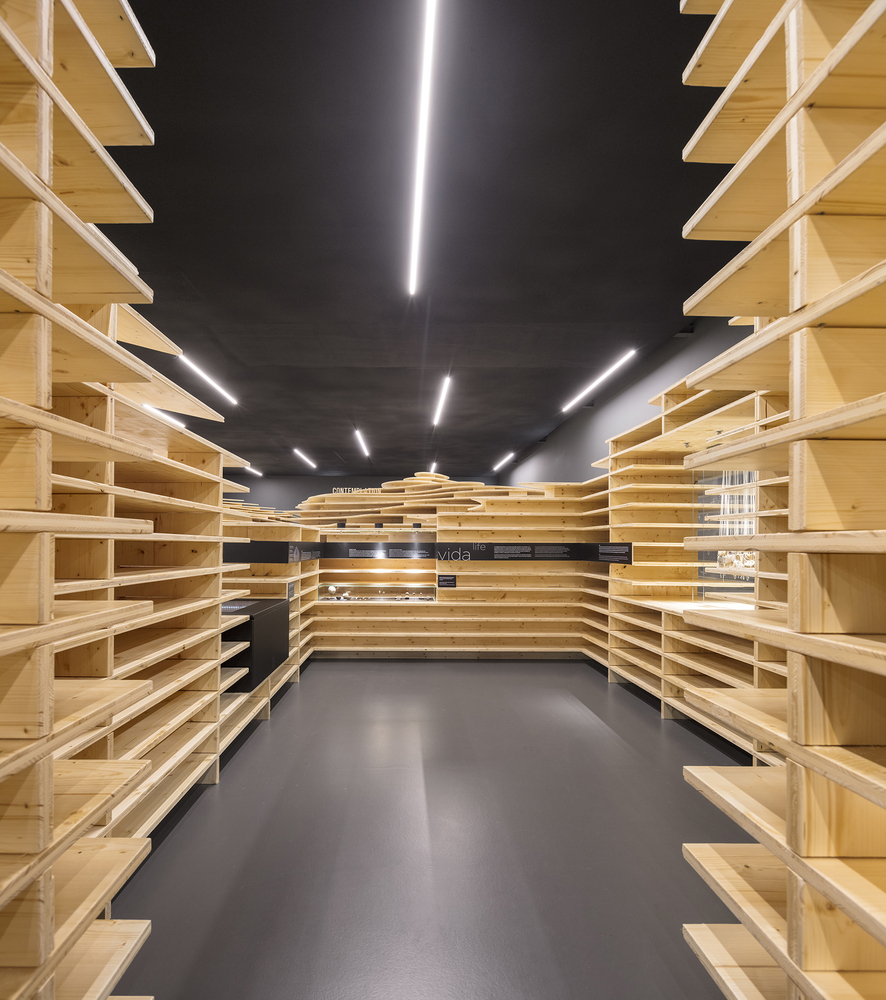
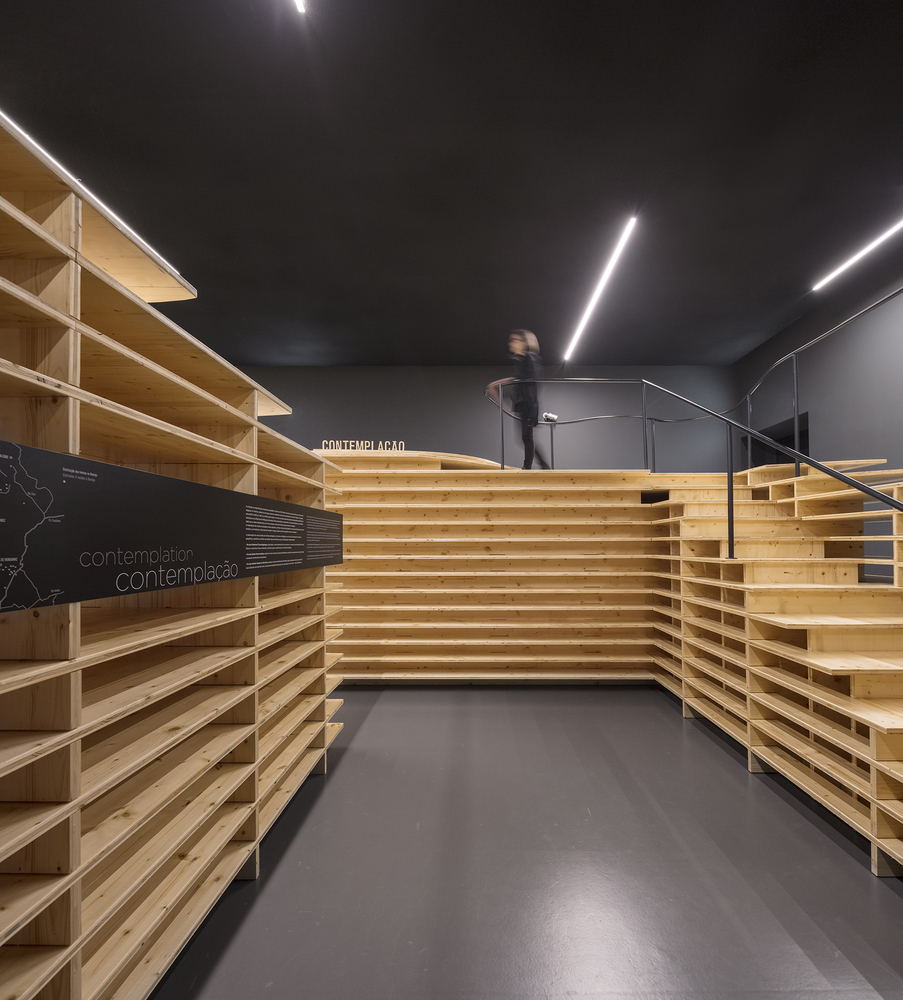




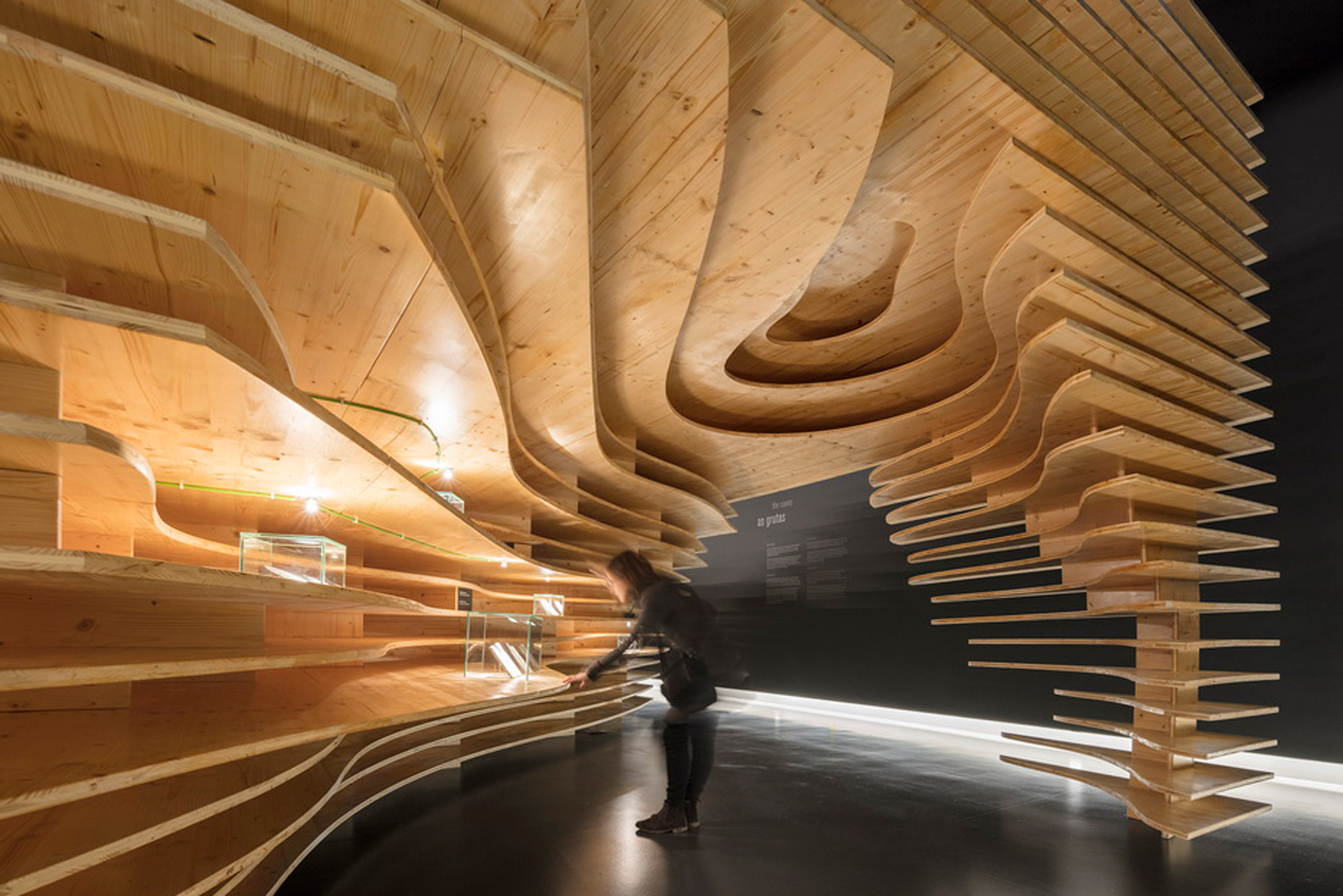














Leave a comment